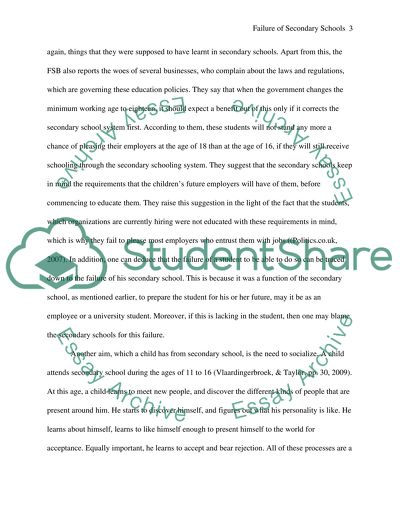Cite this document
(“Education Essay Example | Topics and Well Written Essays - 2500 words - 1”, n.d.)
Retrieved from https://studentshare.org/environmental-studies/1408788-education
Retrieved from https://studentshare.org/environmental-studies/1408788-education
(Education Essay Example | Topics and Well Written Essays - 2500 Words - 1)
https://studentshare.org/environmental-studies/1408788-education.
https://studentshare.org/environmental-studies/1408788-education.
“Education Essay Example | Topics and Well Written Essays - 2500 Words - 1”, n.d. https://studentshare.org/environmental-studies/1408788-education.


